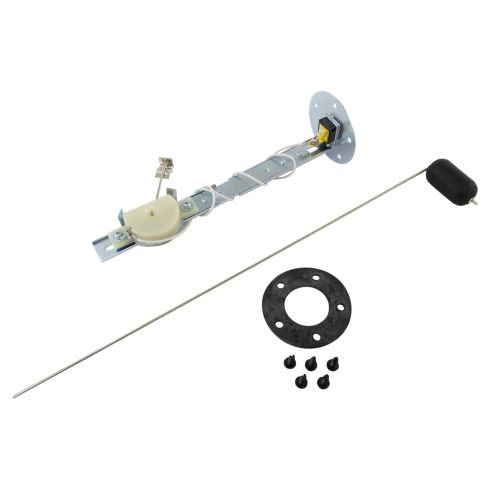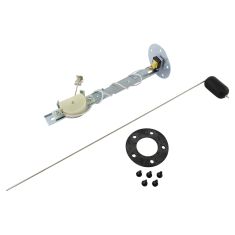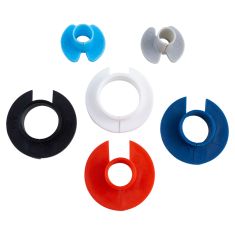DMFSU00024-Fuel Tank Sending Unit Dorman Help 55818

Replaces
2004 IC Corporation FE Commercial Fuel Tank Sending Unit Dorman Help 55818

Frequently bought together
Product Reviews
Loading reviews
3.00/ 5.0
9
9 reviews
Sending unit for 2000 f650
August 1, 2019
The unit itself was assembled upside down , I had to install and remove to reassemble to install correctly to find this out . After that the unit worked correctly . The shipping time was as they said , fittment was correct
worked great
October 29, 2019
part arrived on time as promised. exact fit for application. functions great
Order
December 3, 2019
Satisfied with my order.
It fit perfectly
May 12, 2020
Great
Don't buy for 05 freightliner classic xl
August 6, 2020
i bought they shipped to my home it was great i replaced with my old one i ran it in the truck for about a week wouldn't never read right no matter what I did bought one from freightliner and replaced it again and fixed the problem so before u go cheaper go buy the right one
Timely delivery
March 22, 2021
My part was to me, quicker than what it said would be. Hate waste time waiting on a part jeez Uz
Fuel sending unit
October 5, 2022
It doesnt work. It either reads backwards or not at all.
March 10, 2023
It was installed for about two weeks and fell apart in the tank
1992 Ford L8000
October 17, 2023
Fit was fine , however the function was wrong. In my application (1992 Ford L8000)I had to take the unit apart and turn it over to get the correct reading on the fuel gauge.
Customer Q&A
Does this attached to the fuel pump?
December 18, 2018
10
A Fuel tank sending unit is a term for the mechanical assembly inside your fuel tank which measures the level of liquid in the tank, then reports its findings to the fuel gauge on your instrument cluster.
December 18, 2018
Christa R
What tank depth is this for?
July 4, 2021
tip to tip diameter of plate with 5 hole drill ( top of tank)??
January 30, 2022
10
Actual Measurements are not listed or available, this is a universal part that might require modifications.
January 31, 2022
T I












